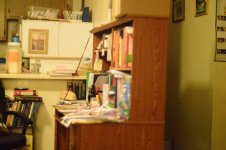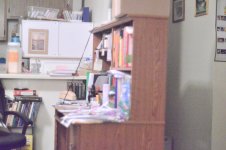gurvinder21
New member
Hi all
I am a newbee to the world of DSLRs and i recently bought my first DSLR i.e D3200.
I am getting used to the different modes, but only thing i noticed is when i use the S mode, the photos are all black/blank. its like completly black. pitch dark. its like viewing a blank photo. their is nothing in their actually.
is there some setting that i am missing. i kept the shutter speed to 1/500 and tried with lower shutter or higher shutter speed. it just produces the same blank/black photos in this mode.
Also i noticed that, If i take photo of the light bulb it only displays the light bulb, all area around it is pitch dark in this mode.
Thanks
I am a newbee to the world of DSLRs and i recently bought my first DSLR i.e D3200.
I am getting used to the different modes, but only thing i noticed is when i use the S mode, the photos are all black/blank. its like completly black. pitch dark. its like viewing a blank photo. their is nothing in their actually.
is there some setting that i am missing. i kept the shutter speed to 1/500 and tried with lower shutter or higher shutter speed. it just produces the same blank/black photos in this mode.
Also i noticed that, If i take photo of the light bulb it only displays the light bulb, all area around it is pitch dark in this mode.
Thanks


